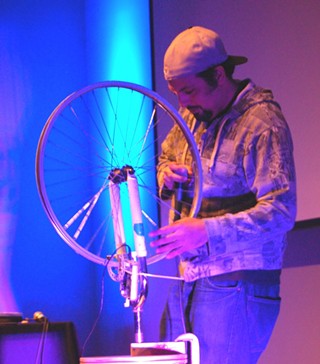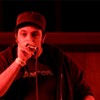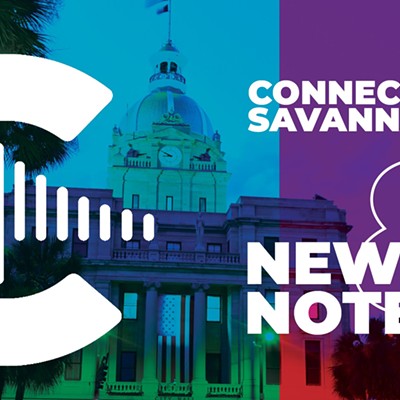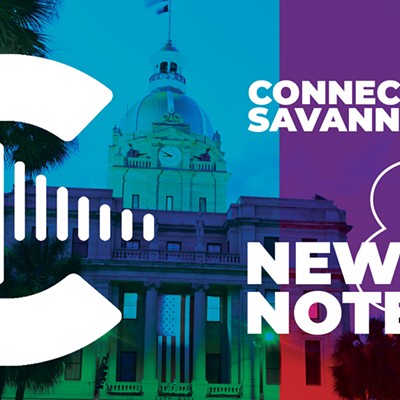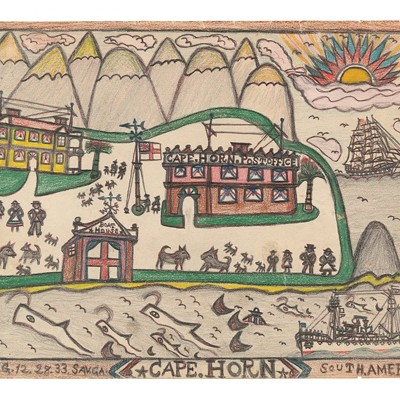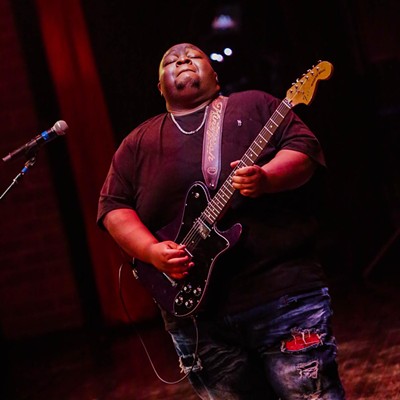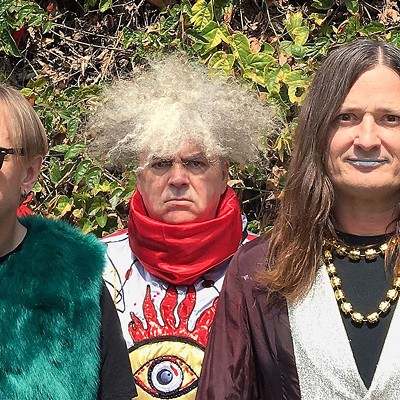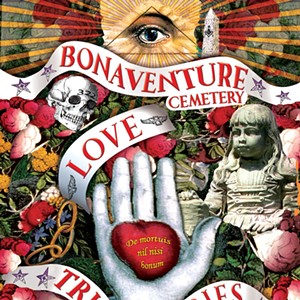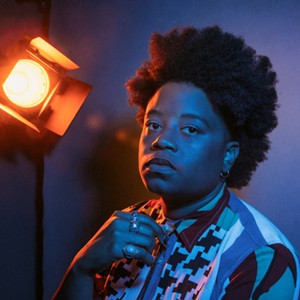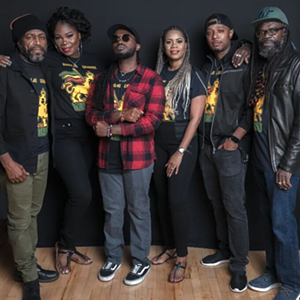Beatboxing is not new, and is now—as is its cousin, rap—a solidly multigenerational pursuit. However, Adam Matta adds a new touch.
The New York-based performance artist, fresh off a year-long stint with the Carolina Chocolate Drops, not only makes beats and mimics sounds, but is essentially a one-man ensemble, his voice becoming a horn or electric guitar or Middle Eastern instrument by turns.
He adds to his melodic layers with the frequent use of foot-pedal triggered loops, which form fully-voiced backing tracks on the fly, live.
Matta—you can hear him on the Chocolate Drops' Leaving Eden as well as in many YouTube videos—performs Friday, Jan. 31 at the Jepson Center as part of the all-free PULSE Art + Technology Festival.
Your obvious sense of melody really differentiates you from most beatboxers.
AM: I do have a melodic sense I've put into my music. I try to exploit it, and I'm grateful to have that element in my music. I guess you would say I do more jazz than most beatboxers, and I like to include other forms as well, like rock and classical, as opposed to just concentrating on EDM and strictly dance or hip hop. Even the hip hop I listen to is stuff influenced more by jazz.
But yeah, I'm always coming from a more melodic place. Even if it's just percussion, there's a tone going on inside of me. A friend told me I "sing percussion." I do have some experience as a vocalist in a band, so I also have that coming into it.
I know you do a lot of looping, but do you ever just go old-school, just you and the mic?
AM: In some pieces I use just one microphone, to kind of show how you can create a musical passage with just one mic. I'm still doing a lot of beatboxing, but I tend to loop at least four bars or longer. Some beatboxers out there are doing incredible shows, but it's almost like they sample one sound, one hit, and they loop that and it becomes like an entire kick drum passage. The music is incredible but they're not even beatboxing that much. I loop at least 4, 8, 16 bars and I'm sampling an entire passage.
The Carolina Chocolate Drops thing must have been a real game-changer for you.
AM: It was pretty tremendous. I'm still involved with them, but I've pulled back from the fulltime touring in 2012. Yeah it was pretty tremendous. I'd never been onstage at that scale. Just to combine that with that music and the level of players.
Are you going to move more into collaborative stuff or drill down into the solo work?
AM: I'm more into solo stuff now, with the looping. I might be starting a duo project with a violin player from New York. I'm digging into the solo work but I'm also starting to connect with collaborative efforts. But in general my focus is the solo work, in building compositions.
What are you doing for us at PULSE?
AM: I'll be showing my bicycle wheel. It's a sculpture I first did in 2006 where it's sort of a remix of Duchamp's bicycle wheel sculpture. I put audiocassettes on the edge of the wheel rim and I put a tape head at the bottom. So if you move the wheel the tape head reads the audio. You can scratch it and create tracks where you're really performing with the wheel.
This has nothing to do with the visual art performance you've popularized, where you make a painting by riding your bicycle through paint?
AM: No, but there is a visual component to that Friday performance. I've developed a video patch where I have the artwork respond to my beats. The video is triggered by my percussion. It's all a work in progress, but I'm trying to build multidimensional performances where the visuals connect to my music.

